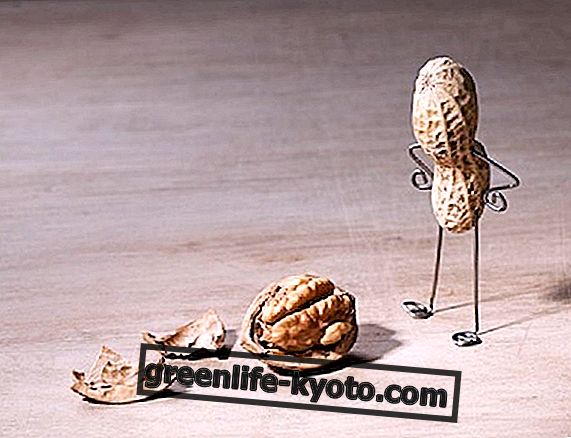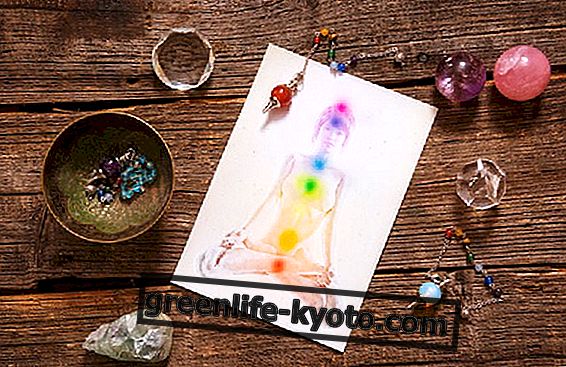
Sleep well: it's not for everyone!
Here we are at the fateful moment of the day, in which we find ourselves with ourselves, tired, exhausted, perhaps angry, sad or excited. In short, it is the moment in which it appears to us in a flash all that we have lived in twelve and more hours, then, suddenly, with just as much speed, it disappears captured by sleep and gives Morfeo every resistance. Or so it should be.
Unfortunately, this is not always the case. Not for all. In fact, there are people who find the moment of sleep an agonizing moment, in which worries overlap and weigh, in which the chill of fears and suffering enters the bones and marrow and makes them feel fragile and defenseless. For these and other reasons they do not sleep, cannot sleep and insomnia occurs. For these people and, generally, to encourage that delicate moment which is the surrender to sleep, meditation has developed practices that relax the mind and the body and that, if performed constantly, allow the body to indulge in a satisfying sleep and conciliator, favoring its rhythms.
You can learn more about the tips, positions and natural remedies to sleep well
Here's how to prepare for sleep
First of all, to accommodate the waves of sleep and relax, you can listen to some meditation music: music changes mood, relaxes senses and muscles and is able to eliminate tension. You can listen to relaxing sounds artificially reproduced, or even sounds that come from nature, such as rain, birdsong, the sound of water.
Secondly, meditation also helps us thanks to the visualization technique . Lie down on your back along your body. Feel your body sinking heavily between the sheets and the mattress, while focusing on a relaxing image, an image that is synonymous with calm, relaxation and peace for you.
For example, think of the body lying on a towel, feel the pleasant contact with the hot sand, the smell of the sea and the lulling sound of the waves.
Or watch yourself while wearing a pair of rubber boots and walking in a wood that smells of moss and wet grass, accompanied by a light drizzle and birdsong. Try to really see yourself, in this way, to benefit, it will also be the fantasy, which we too often forget to have.
If this is still not enough to make you sleep, then try also some Ayurvedic breathing exercises . Lie down in bed with the light off, concentrate on regular and deep breathing for a few seconds; thank for all the experiences you have had since the day; remain conscious of your deep breathing and seek the most comfortable position.
Your hands gently resting on your chest or abdomen help instill a sense of security, if you are restless or if you feel a sense of fear. Remember that this is a passage of energy that will pass.
Allow your body to descend into deep breathing, typical of restful sleep. Observe with your mind's eye the air that slowly enters your body, cross your nose, fill your lungs and swell your abdomen. Slowly exhale and observe the entire path that the air takes to get out of your body. Try to breathe as deep and slow as possible.
NB Help yourself with other things: before going to sleep, consume a nutritious but not heavy meal and dedicate yourself a good herbal tea: herbal remedies, homeopathic remedies, herbal remedies can be valid allies.
Among the various relaxation techniques there is also the Yoga Nidra, literally the yoga of sleep, a practice that comes from Mahanirvana tantra and allows you to completely relax the body and mind through apparent sleep.












